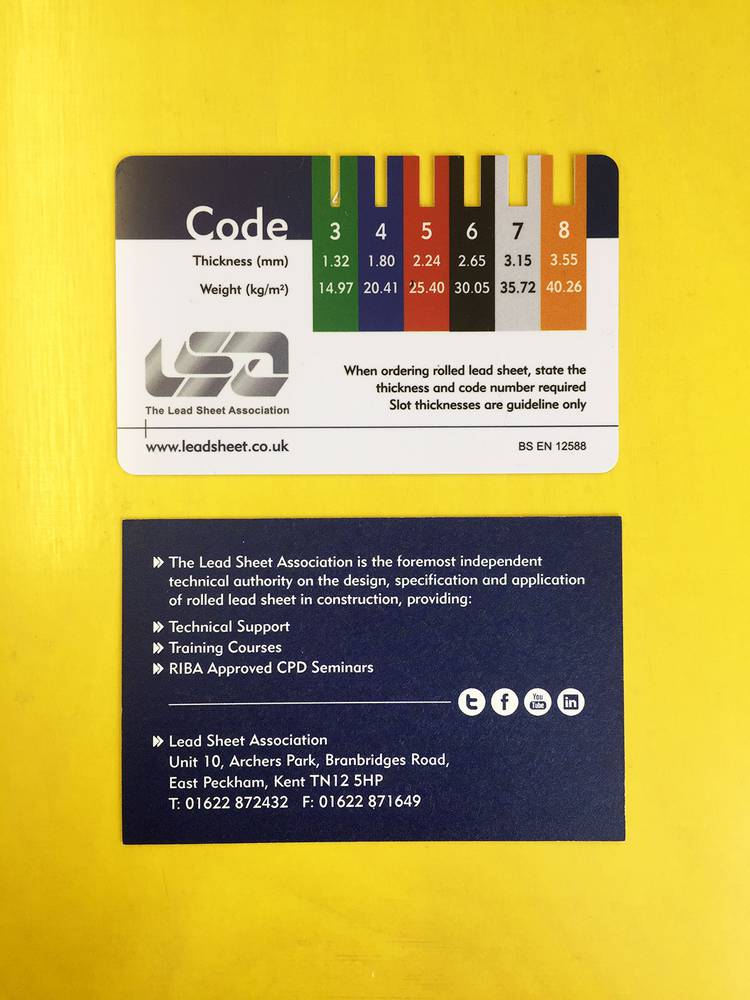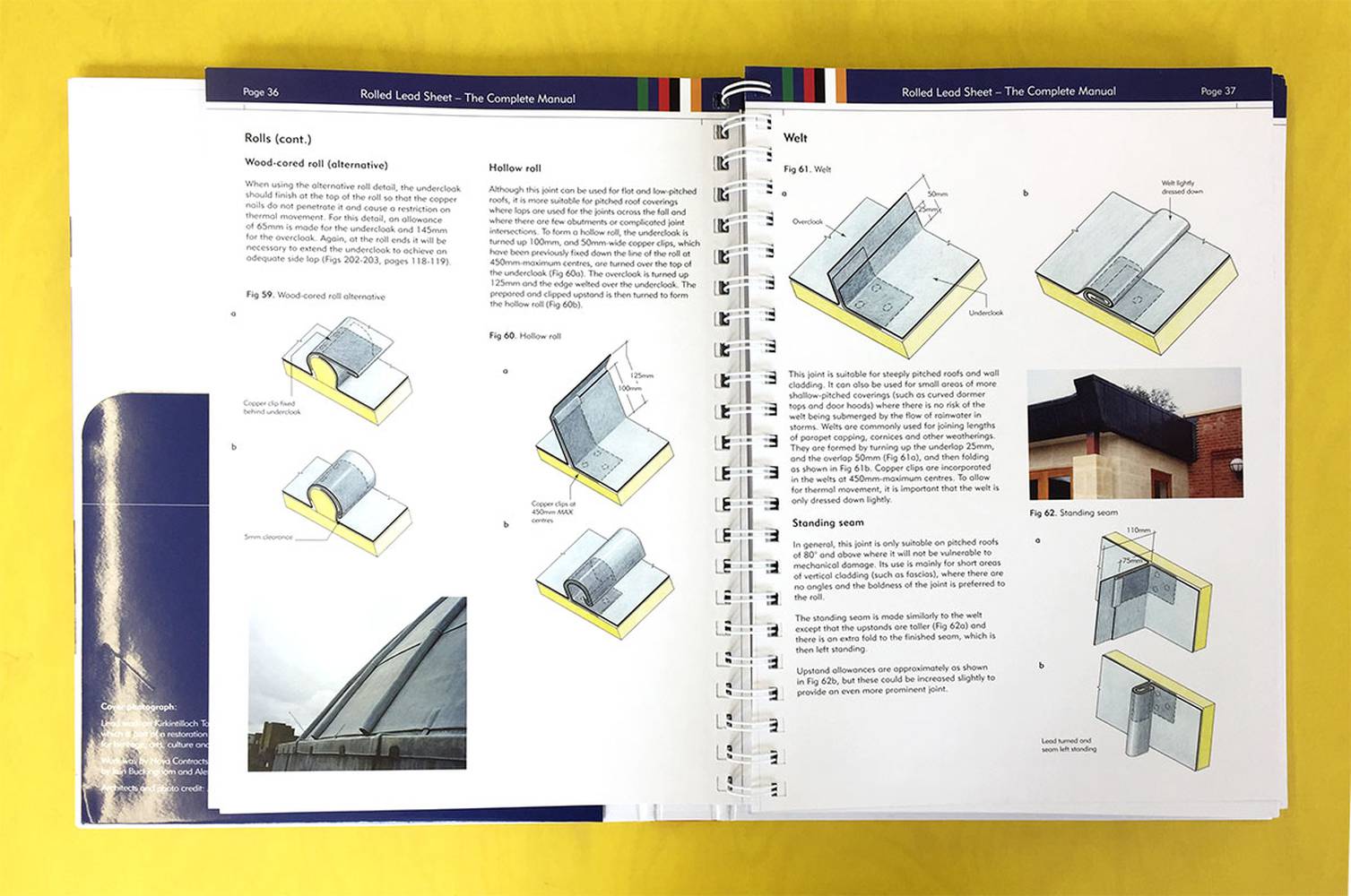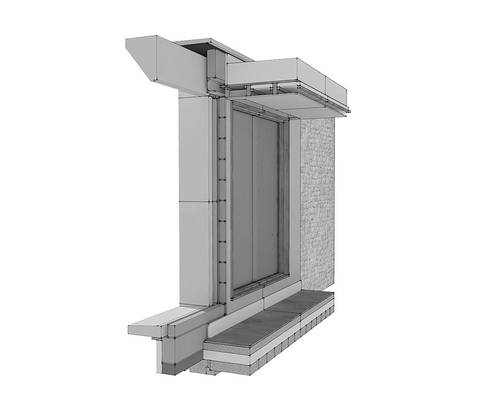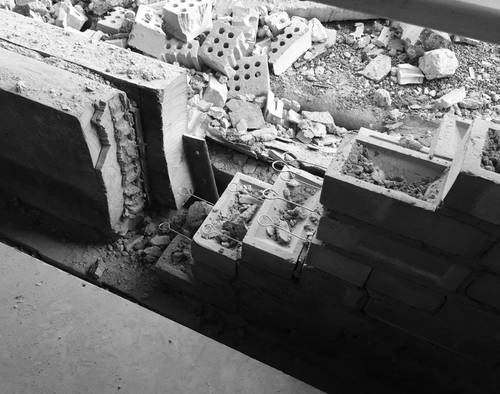Lead Sheet and Detailing CPD
August 2017
By Ione Braddick
The Lead Sheet Association visited us at Archio, along with architects from DK-CM and Russian For Fish, to provide a CPD on the manufacture and technical details of lead sheet. The LSA is a trade association and technical authority, and is separate to the Lead Contractors Association (LCA). If a lead worker is part of the LCA this means that they will be able to provide a 25 year guarantee for their leadwork, with their work inspected on site.
There are three different ways of manufacturing lead:
1. Sand Cast Lead Sheet (dates back to Roman times) is a historic method relying in a large part on the workmanship of the workers striking the depth of the lead. It is usually only used now in the UK if replacing lead from a historic building with sand cast lead, in order to match correctly (such as cathedrals, churches, and the Houses of Parliament).
2. The DM process (dates back to 1950s) originated from Australia, and although it is the most cost-effective way of manufacturing, it has more imperfections, such as dimpling when the lead gets thicker.
3. Rolled Lead Sheet (dates back to 1600s) is the only method to have a British Standard (BS EN:12588) and is the only method certified by the Lead Sheet Association. It comes in a 200mm thick slab, 3m x 5m, and this slab is rolled to an approximate length of 40m, to a guaranteed thickness. This guarantee of the thickness of the lead allows the manufacturer to know that the expansion and contraction of the lead will conform to the standards.
There is no longer any lead mined in the UK, and all lead sheet is 100% recyclable. The thickness and weight of rolled lead sheet is defined by Codes, which are labelled with colours to allow easy identification of material on site. We were provided with a card-sized gauge to indicate these (see photo).
There is a minimum requirement of Code 5 lead on historically listed buildings, and as the code (and thickness) increases, so can the length of the lead sheet.
Lead sheet needs to be stored dry both during manufacture, en route to site, and on site, otherwise rust staining can occur. White staining can also occur if the lead has not been treated with lead patination oil. Lead patination oil stops lead carbonate forming on the lead and staining lead and adjacent materials. However it is worth noting that roof tiles often accidentally scrape off patination, so tiling workmanship around leadwork is important to monitor on site.
The LSA manual, provided to Archio at the CPD, is an excellent resource for lead detailing. From our CPD, some key points to remember for lead detailing include:
- There is a minimum fall of 1:80 on lead, when gutter pitch is less than 11 degrees it must be stepped to stop capillary action. These steps must be minimum 55mm in height (up to Code 6).
- Lead sheet should always terminate after a change in direction, to avoid water ingress via capillary action.
- Soakers are the only type of detail where Code 3 lead is suitable to use.
- Lead expands and contracts, so movement needs to be allowed for.
- Wind uplift needs to be managed with clipping. Stronger copper or stainless steel clips are required for leadwork in unsheltered areas.
- A welted joint is not as strong as a wood roll joint.
- Lead sheet (e.g. flat lead roofs/ dormer cheeks) need to be ventilated.
The LSA CPD was extremely useful and informative, with their representative, David Pounds, discussing specific projects and detailing with the Archio team. We'd like to thank him for his time, and recommend this CPD to others.





